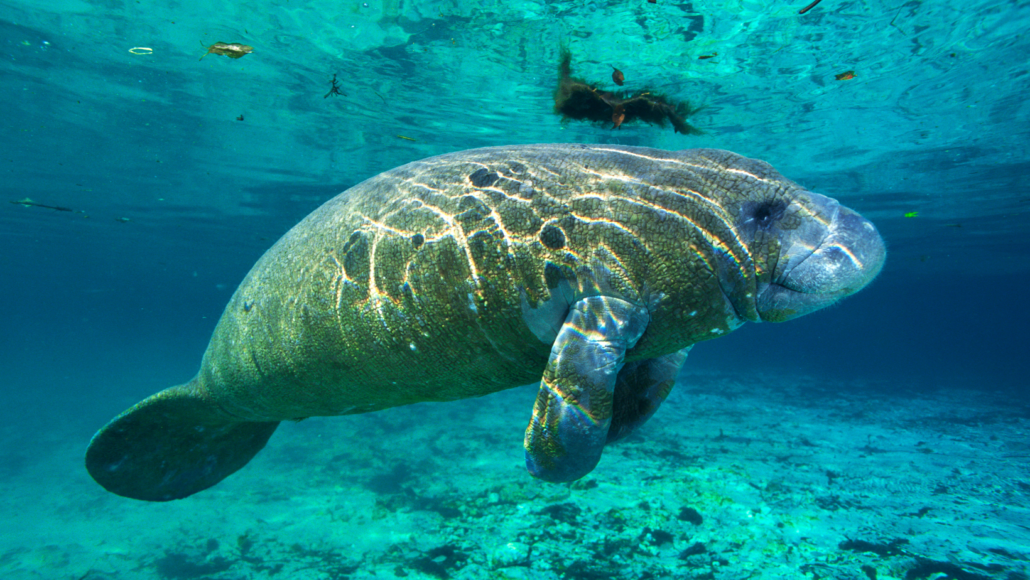
Antillean manatees are large herbivorous marine mammals inhabiting the shallow waters of the Atlantic Ocean side of the Americas, Caribbean Sea, and the Gulf of Mexico. In this collaboration, the focal populations are those in Belize and Mexico.
Due to historical exploitation and human impacts such as habitat development and boat traffic, they are endangered throughout their range with small surviving populations.
This project uses a combination of acoustic recordings, drone observations, and GIS analysis to study the behavior and habitat use of manatees throughout the region. Recorders were deployed in the manatees’ critical habitats to understand how they roam these areas during day and night through the detection of their sounds (like squeaks and squeals).
The Problem
Because recordings were collected 24 hr/day, hundreds to thousands of hours of recordings to analyze manually, which is impractical, and other methods were required to process the data.
The Solution
Working closely with Dr. Ramos, Deep Voice has developed an AI-based automatic detection tool to detect Manatees acoustic signals, and to define a procedure for rapid processing of large datasets.
Impact
The detection of manatee vocalizations enables their vocal activity count, which is assessed to be correlated with their presence and day-night activity variation in their critical habitats. By assessing which areas are the most important, protective guidelines are to be suggested to places where manatees are at maximum risk. Such directions include to directly inform managers of local marine reserves and governmental agencies of this work findings and assist in determining protective areas. A publication that summarizes this project collaboration, hence examining neural networks effectiveness on the recordings gathered the shallow lagoons of Belize, is currently written.
